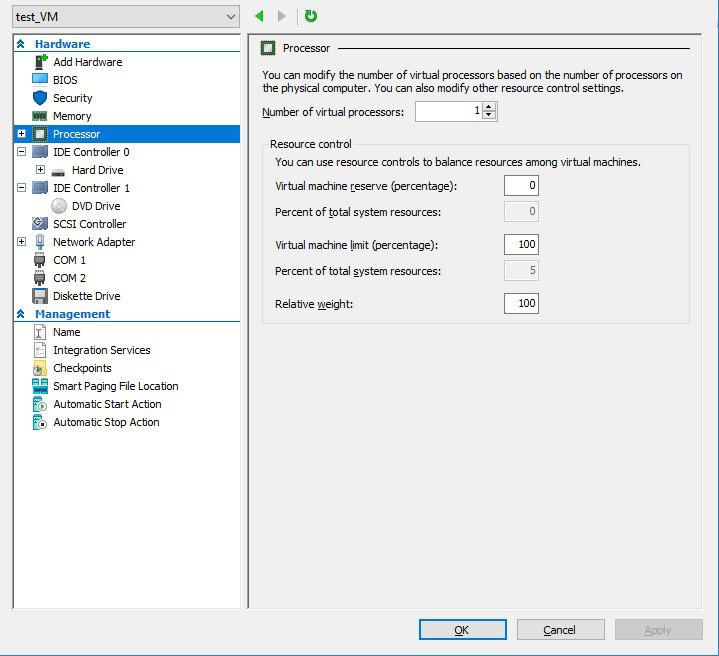


Right now, the host OS recognizes the USB drive as available storage. If you look at Figure 1, you can see that I have inserted an 32GB USB drive (Drive E) into my Hyper-V server. So with that said, let's go ahead and get started. I have never seen the issue addressed in Microsoft's best practices, but my recommendation would be to only use USB storage for one-off file transfer situations. I'm also pretty sure that Microsoft does not intend for USB storage to be permanently attached to a Hyper-V server. You can perform a USB passthrough at the host level (but only for USB storage devices) or at the client level.Īlthough you can make a host-attached USB storage device available to a Hyper-V VM, the process is not quite as seamless as it is in VMware. Things work quite a bit differently in a Hyper-V environment, though. From there, you just click on New Device, select the Host USB Device option, and then choose the USB device that you want to add. You can attach a VMware VM to a USB device by opening the VMware Web console, right-clicking on a VM, and choosing the Edit Settings command. The main limitation is that you can't attach a USB device to more than one VM at a time. The feature allows USB devices that are attached to an ESXi host to be accessed by a VM. In case you are wondering, VMware has long offered a USB passthrough feature. The USB device might be attached to the computer from which the VM is being accessed or it might be attached to the Hyper-V host. USB passthrough refers to accessing a USB device from inside a virtual machine (VM).
#Usb network gate write to hyperv dvd how to
One of the questions that I get asked most often about Microsoft Hyper-V is how to perform a USB passthrough.


 0 kommentar(er)
0 kommentar(er)
